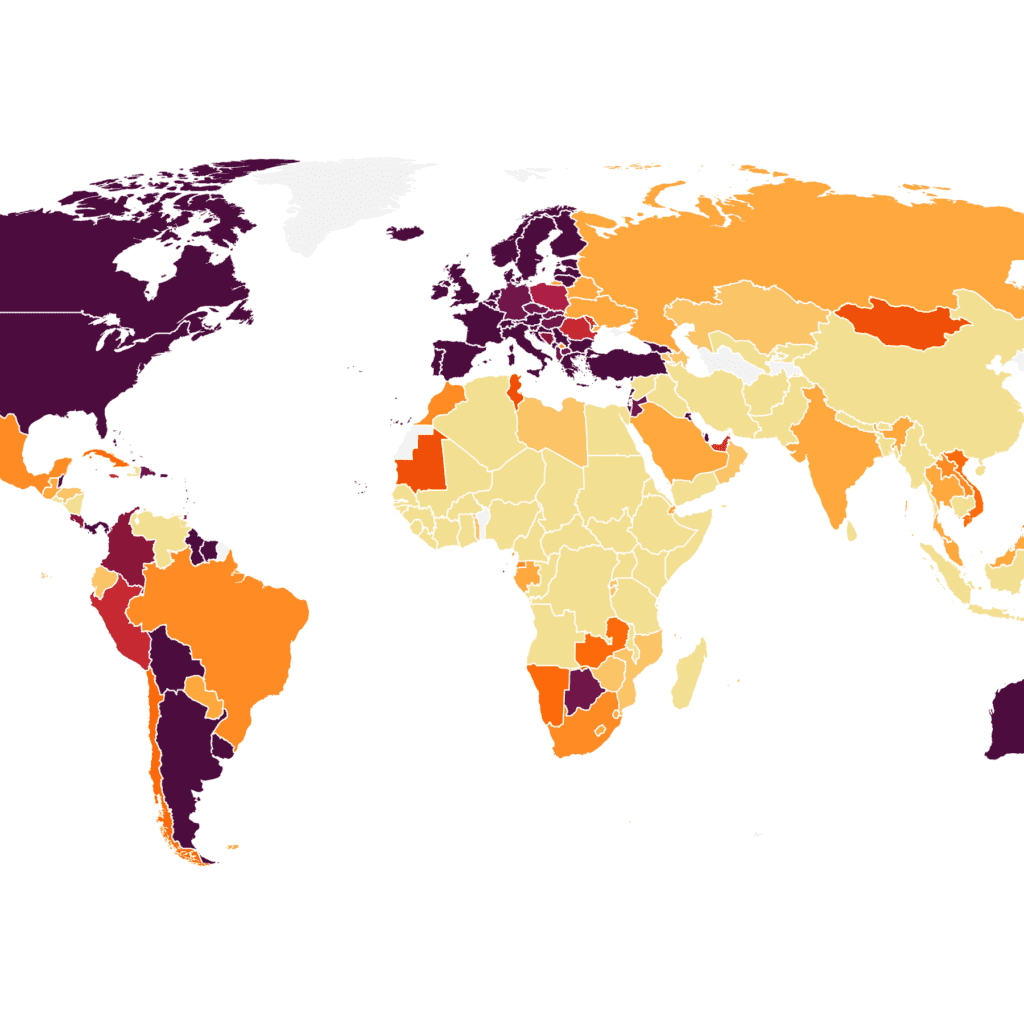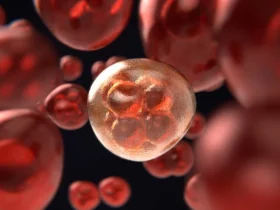Early study reveals that Omicron has more asymptomatic carriers than previous versions.
According to early data from two clinical studies in South Africa, the Omicron coronavirus variety has a far greater incidence of “asymptomatic carriage” than earlier forms, which might help us understand why it has spread so quickly over the world.
The research, one of which was conducted when Omicron infections were on the rise in South Africa last month and the other of which resampled individuals around the same time, discovered that considerably more persons screened positive for the coronavirus but did not display symptoms than in earlier studies.
What Are Stats Showing?
In the Ubuntu research investigating the effectiveness of Moderna’s COVID-19 vaccination in HIV-infected persons, 31% of 230 subjects screened positive, with all 56 samples available for sequencing analysis confirming that they were Omicron.
The researchers said there is a striking contrast to the pre-Omicron positive rate, which varied from less than 1% to 2.4 percent.
The mean asymptomatic carriage rate climbed to 16 percent during the Omicron epidemic from 2.6 percent during the Beta and Delta outbreaks in a subset of the Sisonke study investigating the effectiveness of Johnson & Johnson’s COVID-19 vaccine.
 How The Trials Gone for the New Wave of Coronavirus
How The Trials Gone for the New Wave of Coronavirus
The scientists stated that Sisonke trial comprised 577 previously vaccinated participants, with data indicating a high transmission rate even in those confirmed to be vaccinated.
They went on to say that the increased asymptomatic transmission rate is likely a significant factor in the variant’s fast and extensive spread, especially among populations with previously high rates of coronavirus infection.
South Africa saw an increase in COVID-19 infections beginning in late November, around the time its scientists informed Omicron the rest of the globe.
However, new instances have subsequently declined, and early signs suggest that less severe complications than previous ones characterized the wave.











Leave a Reply